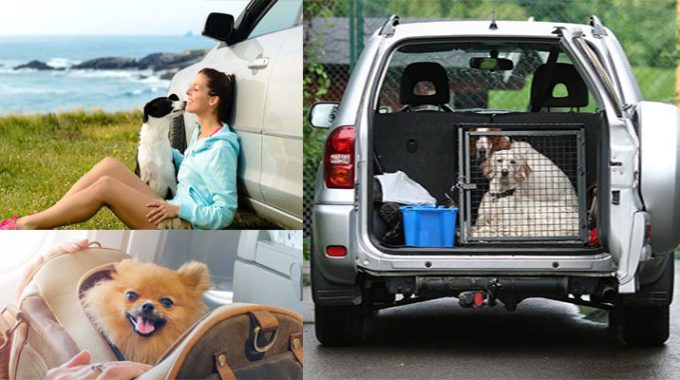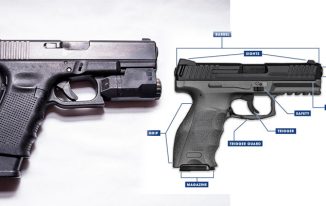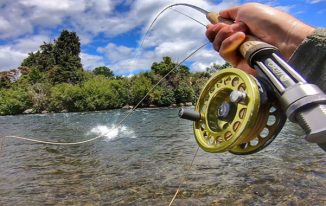“I have my cat…I want a travel trailer for her…What should I buy for my cat?” As with all pet purchases, there are a variety of products and services available to ensure the safety, comfort, and well-being of your pet. Before making travel arrangements, familiarize yourself with the necessities to assure the trip is both safe and pleasurable for both you and your beloved pet. By doing so, you can avoid making common mistakes and fully prepare yourself for your travel.
“We travel once or twice a year for extended periods. Is it safe to carry on a pet in the cabin with me? Would a harness or collar do the job? Our travel veterinarian suggests a harness with an ID tag for quick identification in the event of mishappenings while traveling with your pet.”
All domesticated animals require specific accommodations to ensure their safety during travel. The majority of airlines today provide a variety of options to accommodate your pets’ special needs. If possible, it is advisable to bring two dogs, two cats, and one smaller dog or cat in the cabin with you as the cabin configuration usually limits the number of dogs/cats you can take with you. It may be more challenging to board a flight with small dogs and cats as they may be held at the kennels where they can be observed while the other animals are screened for security. Boarding a plane with an animal other than the one normally booked will raise certain issues with the airline staff.
Carrier
One option to consider for transporting your pet on a hot or cold flight is a carrier or kennel. Kennels or carriers (often referred to as “barkers”) are designed to hold pets during long flights. They are similar to cages, but they allow you to keep your pet in a secure area with a chance of escape. If you opt for a carrier, the animal must be large enough to move comfortably within the carrier. Smaller animals may need a larger carrier; it all depends on your pet’s size and weight.
Emotional Support Animal Rooms
If you travel with another pet or a combination of animals, some additional options are becoming available. Many airlines now offer “emotional support animal” rooms. These rooms are typically located in the business class section on the plane and offer ample space for the animal and its owner. Emotional support animals are not permitted in seating areas, but most airlines do allow them to sleep on the floor on seats.
Arranged by a Travel Agency
If your trip is being arranged by a travel agency, you should ask about their policies about pets. If the airline has your travel plan in hand and has your pet’s name and information on file, they should be able to offer you the option of purchasing a cabin dedicated just for your pets. If they do not offer a cabin, there may be a companion or flight attendant who can designate an area in the cabin for your pets. This often works out well for everyone.
On long journeys, you may have to settle into a cargo area of some sort. There should be a reasonable space for your pets to move around without fear of bumping into other passengers. Most cargo areas today offer multiple levels of separation from the ground. If you have small pets, it might be a good idea to keep them in a separate cargo area until you arrive at your destination, and then transfer them to their proper boarding area.
Keep Your Pet On A Leash
When you travel, you should always keep your pet on a leash. You should also make sure that you put your pet on a separate security tag if you are storing your pet at the airport. If you are traveling by car, you should pull your car over and put your pet in the passenger seat with your vehicle already parked. It is also a good idea to keep your pet in a separate part of your car, rather than in the cargo area if you can.













